Chapter 5: Brewing Hops
“The roots and herbes beaten and put into new ale or beer and daily drunk, cleareth, strengtheneth, and quickeneth the sight of the eyes.”
— Nicholas Culpeper, English physician
Different herbs are used in order to produce different flavors and bitterness in beer. Lists of these herbs, as well as information on how to grow and dry them in preparation for adding them to the beer during fermentation, are included in this chapter. There will be information about where to plant the herbs and how to care for them, including disease and pest control.
“The most common herbs my customers plant and use for brewing are chamomile, mint, lemon balm, and yarrow.”
— Annette Pelliccio, founder & CEO, The Happy Gardener, Inc.

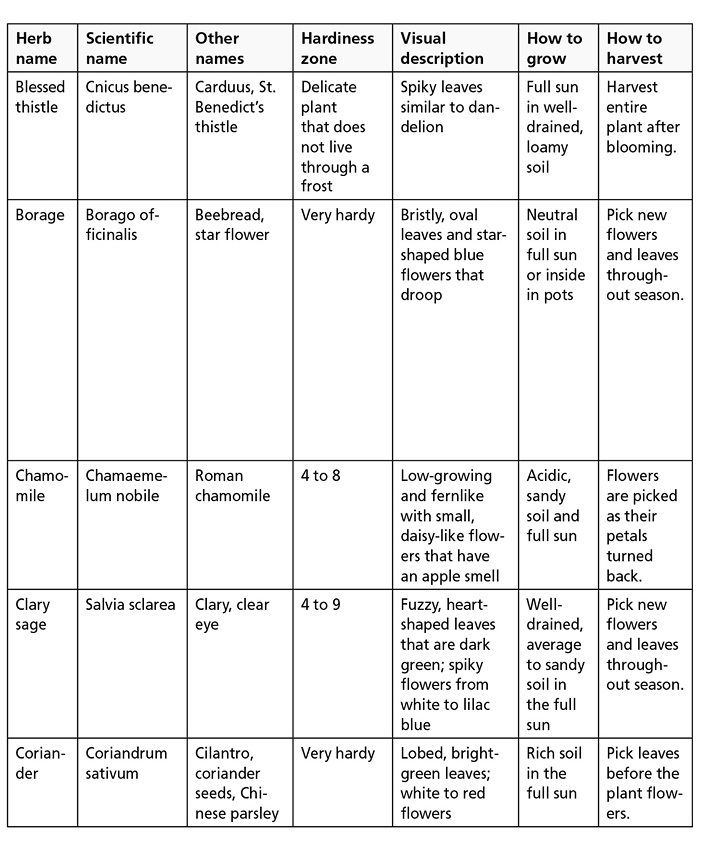
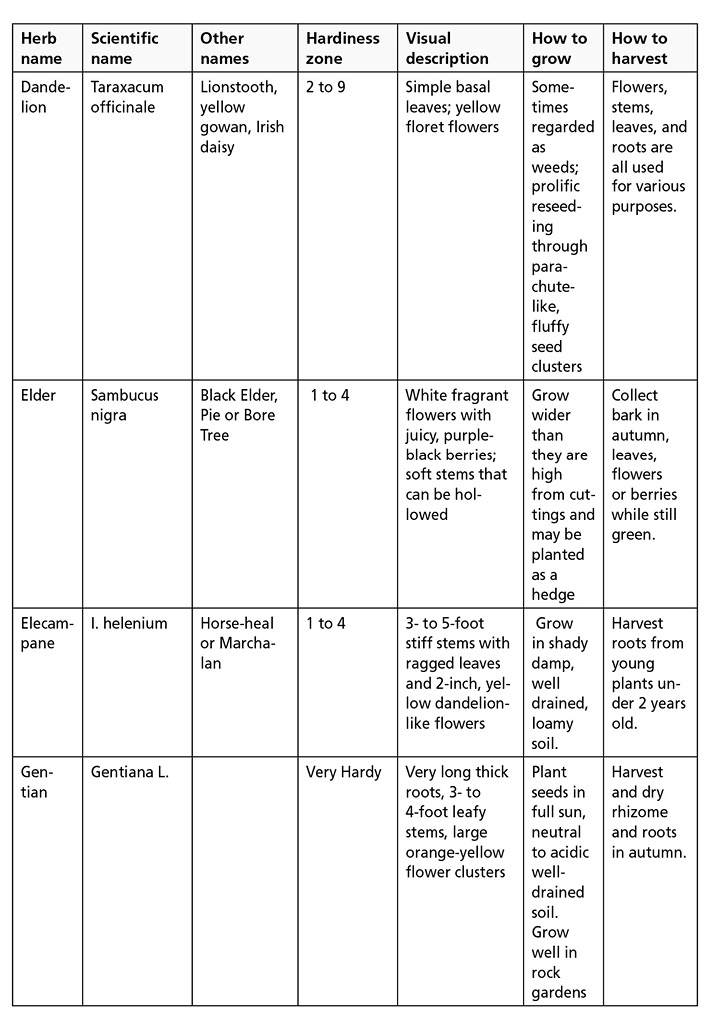
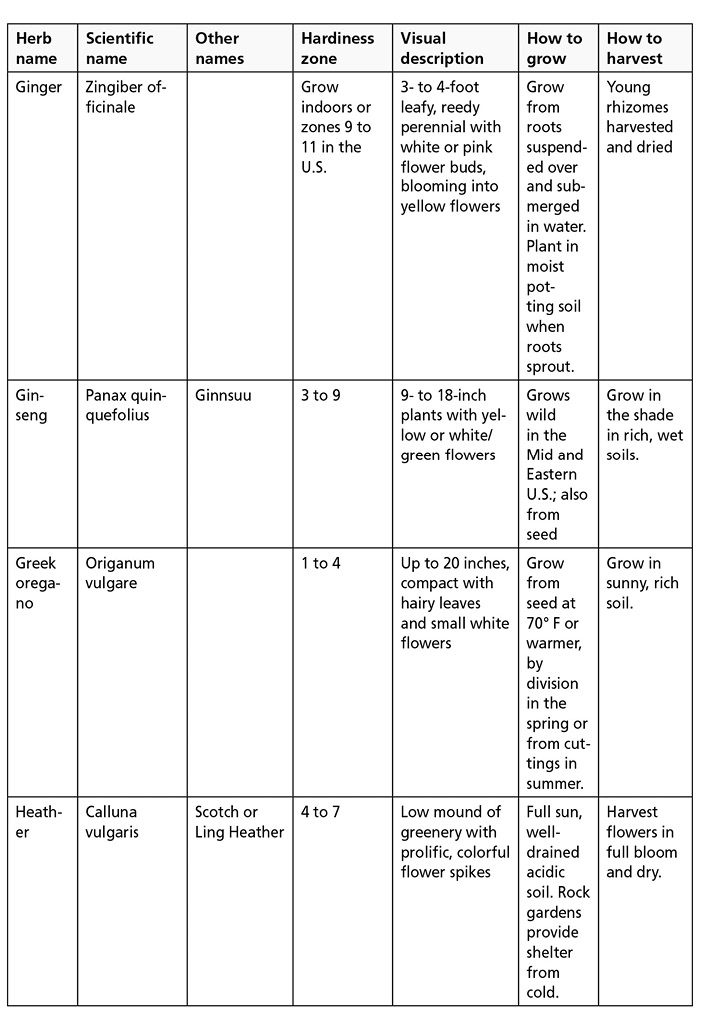
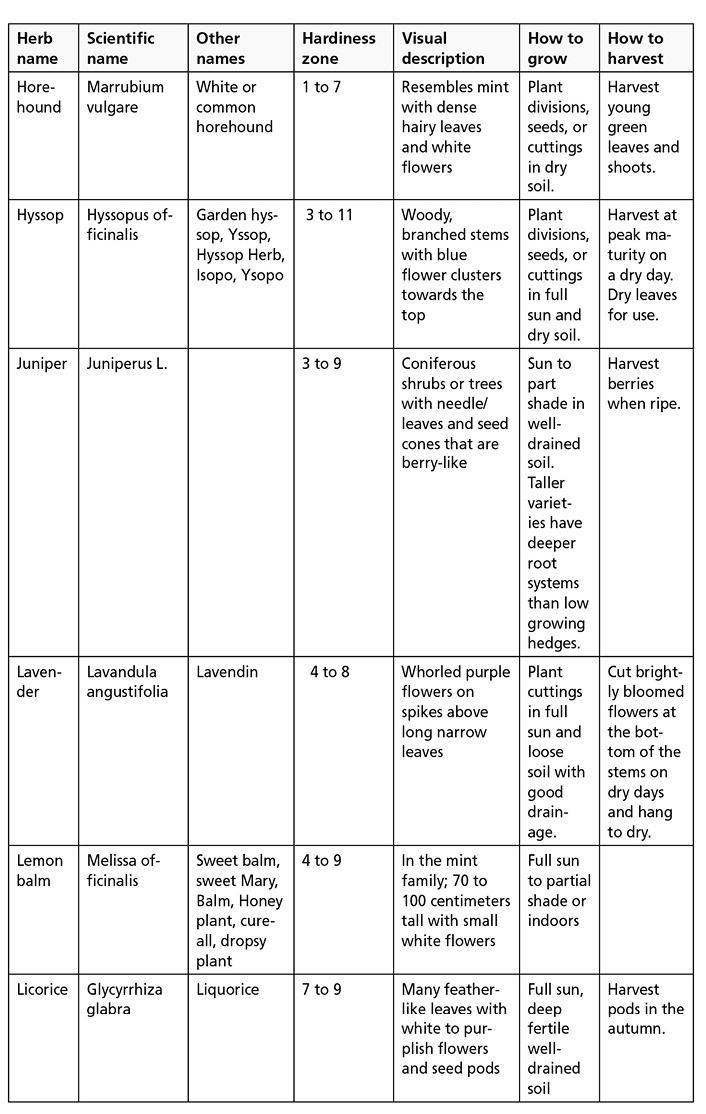
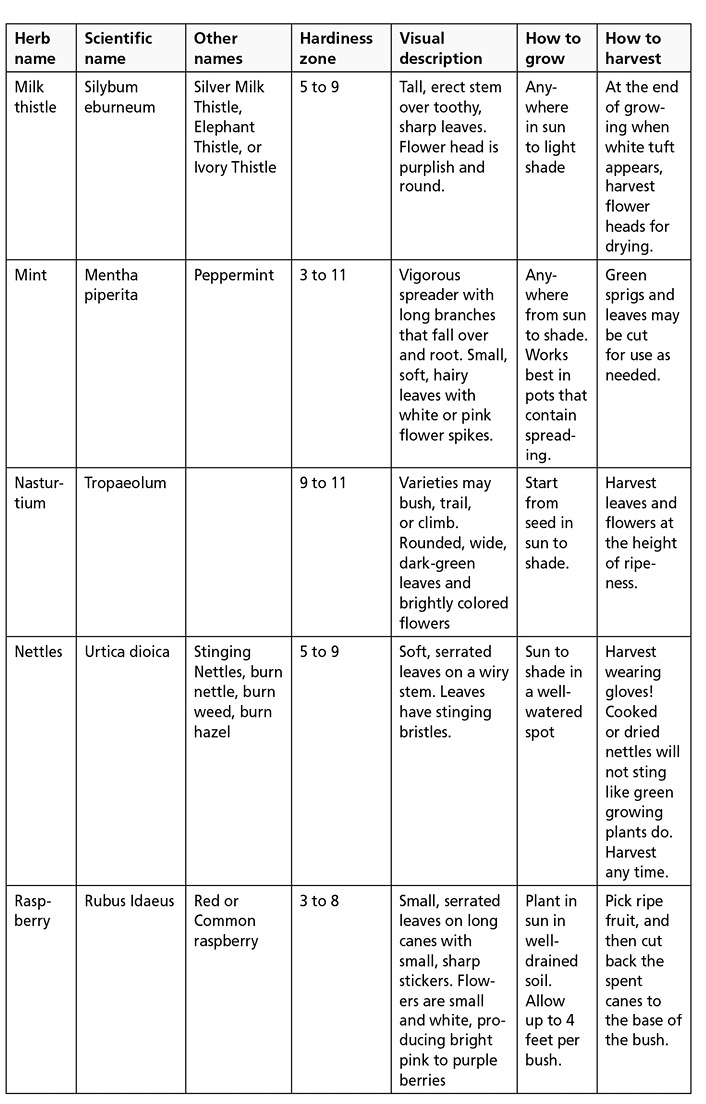
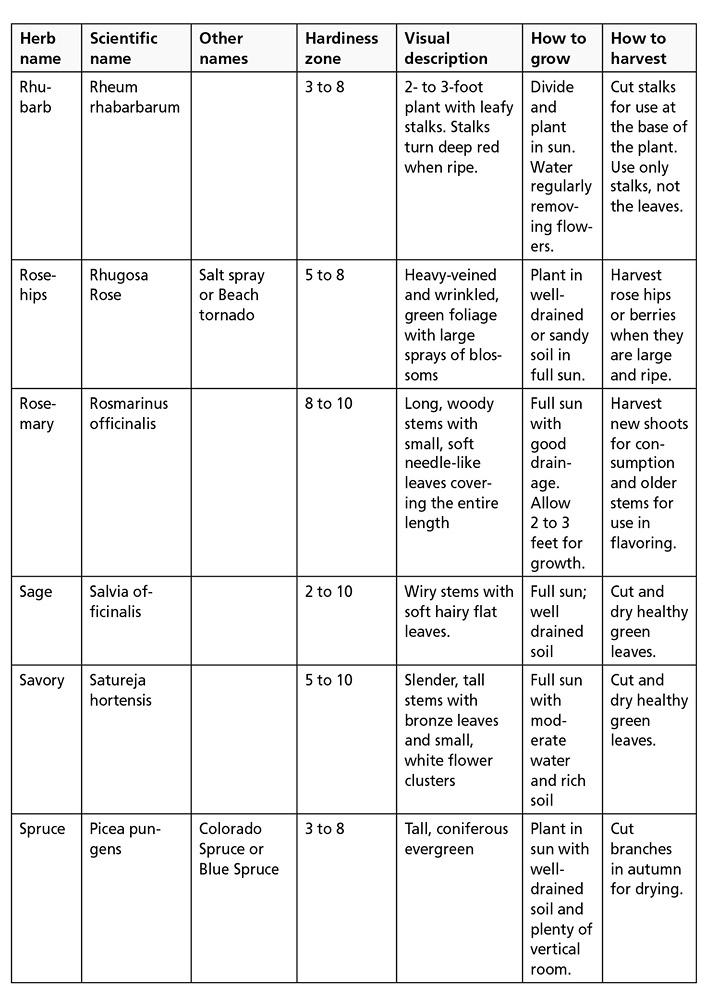
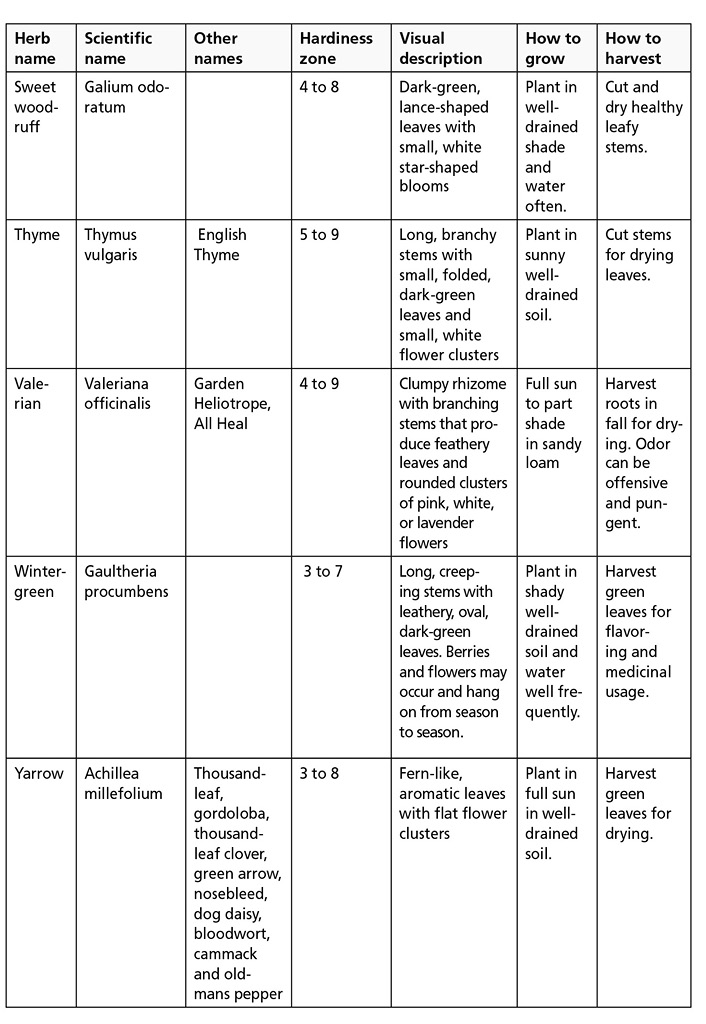
Case Study:Annette pellicio
Founder & CEO
The Happy Gardener, Inc.
804-798-9280
I only use organics in my herb garden. It is important to use non-toxic products when growing edibles. Planting certain herbs together will discourage pesky insects from feeding on your plants. For example, planting lavender and chives next to each other will keep aphids and caterpillars away. I also use Happy Naturals brand of organic foliar feeds on herbs. The Outdoor Foliar Feed is applied to the herb leaves and stems once a month to feed, increase growth, and control pests. It is made from 100-percent vegetable-based oils and sea vegetables, so it is safe to use up until the day of harvest.
The peace I experience when working in the soil and watching everything grow and bloom. I have an extensive herb and vegetable garden, and I love being able to use my edibles to make our meals, knowing they are made from the most nutritious and toxin-free ingredients.
I usually grow basil, parsley, chives, oregano, cilantro, rosemary, watermelon, cantaloupe, eggplant, tomatoes, lettuce, cucumber, zucchini, corn, Brussels sprouts, and tons of roses. I begin planting my herbs from seeds in early spring. I use organic pest control Outdoor Foliar Feed from my company, The Happy Gardener. In order to control pests, I use organic Pre-emergent Weed Control, which is also available from The Happy Gardener, and I apply it in early spring and throughout the summer in beds.
I grow all of my herbs in containers. However, I have worked with home brewers who use garden areas for their herbs for larger quantity. Starting your herbs from seed does best and is the least expensive and easiest way to grow. Fill a pot with potting soil and scatter the seeds on top, cover with ¼-inch soil, and water using a spray bottle so not to drown. Herb seedlings will emerge in about seven days. Keep soil moist. Insects and enough sun exposure is the biggest challenge with growing herbs. Herbs grow best in exposures with four to six hours of full sun.
Your herbs are ready to harvest once they have established enough leaves and before they start to flower. Late summer is the best time to harvest. To dry the herbs, cut the branches and remove any dry or dying leaves. Remove the lower leaves to expose branches, bundle four to six branches together, and tie as a bunch. Punch out several holes in a paper bag. Label the bag with the name of the herb. Place the herb bundle upside down in the bag. Gather the ends of the bag around the bundle and tie closed. Hang the bundle upside down in a warm room. Drying will take about two to three weeks. You can store dried herbs in an airtight container for up to a year. Or you can freeze them in freezer bags for up to six months.
I work in my garden everyday. I am a third-generation, gardening business owner, so I grew up with it. While I do not use my herbs in creating home brew, I have a couple of customers who do. Our company manufactures our exclusive line of organic products for plant foods, weed control, pest control, and more.
